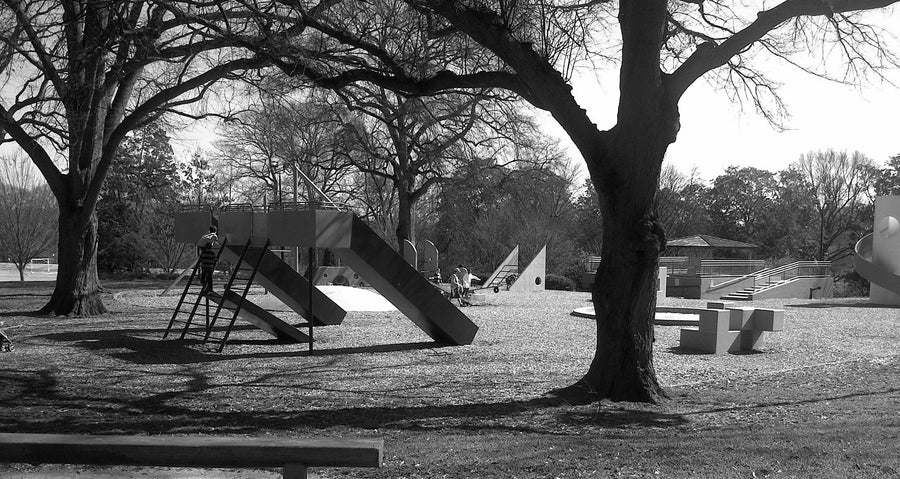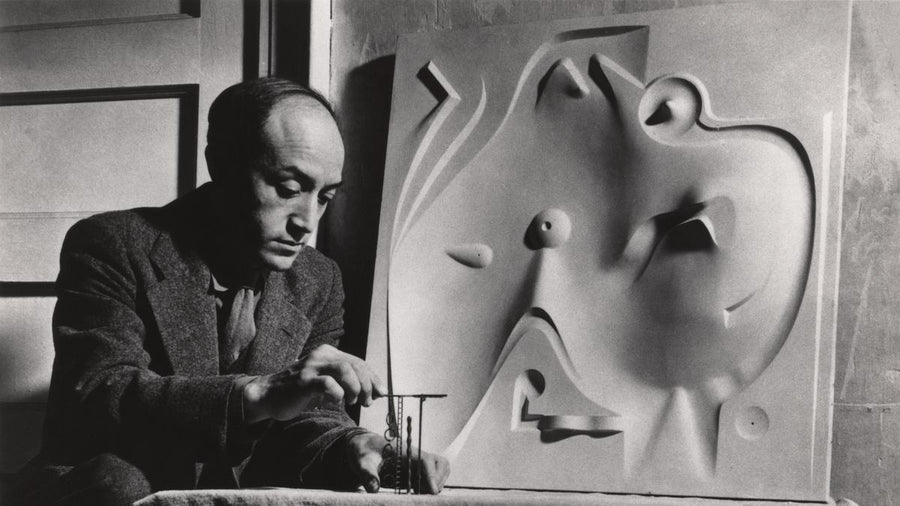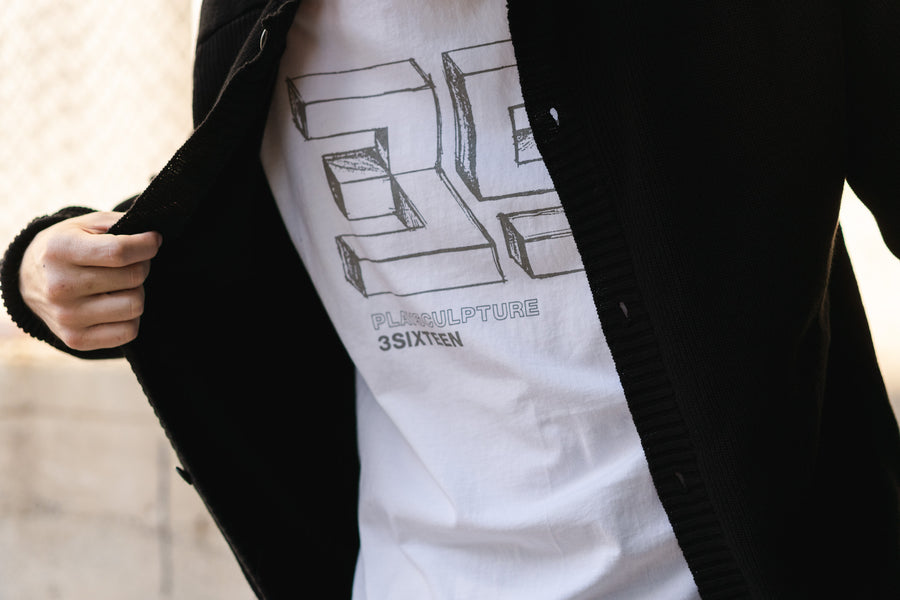Noguchi's Playscapes.



Jon Moy is a freelance writer based in Detroit. He’s written about a lot of things, but mostly about fashion. He’s just happy to be here.
Imagine the scope of a project Isamu Noguchi failed to get approved and funded decade after decade. A massive sculpture, complex design, exorbitant costs? All the wood in Oregon for like, a really big bench? Nah. Playgrounds. Noguchi designed the first iteration of his numerous ‘landscapes for children’ in 1933. He kept designing playgrounds all the way to 1965 before one was finally built. Somehow, he had to wait for an entire decade before his second and last playground was constructed. Of those two, only the Playscape in Piedmont Park, Atlanta is still extant.
Noguchi designed landscapes and structures meant to encourage free play and serve as “...primers of shapes and functions; simple, mysterious, and evocative; thus educational.” The designs often feature raised mounds, water features, and other motifs that are seen echoed in some of Noguchi’s other work. His work in Hart Plaza, in particular, is a piece of art that serves as a fully sensory experience. And I know for a fact, despite it not technically being considered a playground, the fountain in Hart Plaza is irresistible to kids.


If you haven’t yet, please, once it’s safe, take a kid to a playground. Seeing a kid experience a new playground for the first time is genuinely one of life’s great joys. Noguchi was a master artist at blending form and function. The forms and designs he created to encourage children to explore and interact with their worlds are simple, playful and useful. Noguchi’s philosophy on play and nondirective spaces inspired by the natural world have become central tenets of good modern playground design.


3sixteen, inspired by Noguchi’s work on playgrounds, created a new t-shirt where Noguchi’s signature forms and playscapes take on the venerable logo. It makes sense that the 3sixteen team was inspired by Noguchi’s playgrounds. They’re dads. The brand has always been about blending form and function. Noguchi’s work always takes its subject seriously, and evinces a meticulous approach belied by its simplicity. Also they look really cool. If I ever have a kid we might have to move to Atlanta. Because if I’m spending way too much money on absolute fits for children that will grow out of said fits at alarmingly fast paces they’re not going to play at a general release playground. Imagine the dopamine hit from telling other parents your kid plays exclusively at Noguchi playgrounds.
To learn more about Noguchi’s playscapes check out this piece on Herman Miller’’s site and if you want some extra credit, check out the brochure of In Search of Contoured Playground, an exhibition based on one of Noguchi’s designs.



















































































